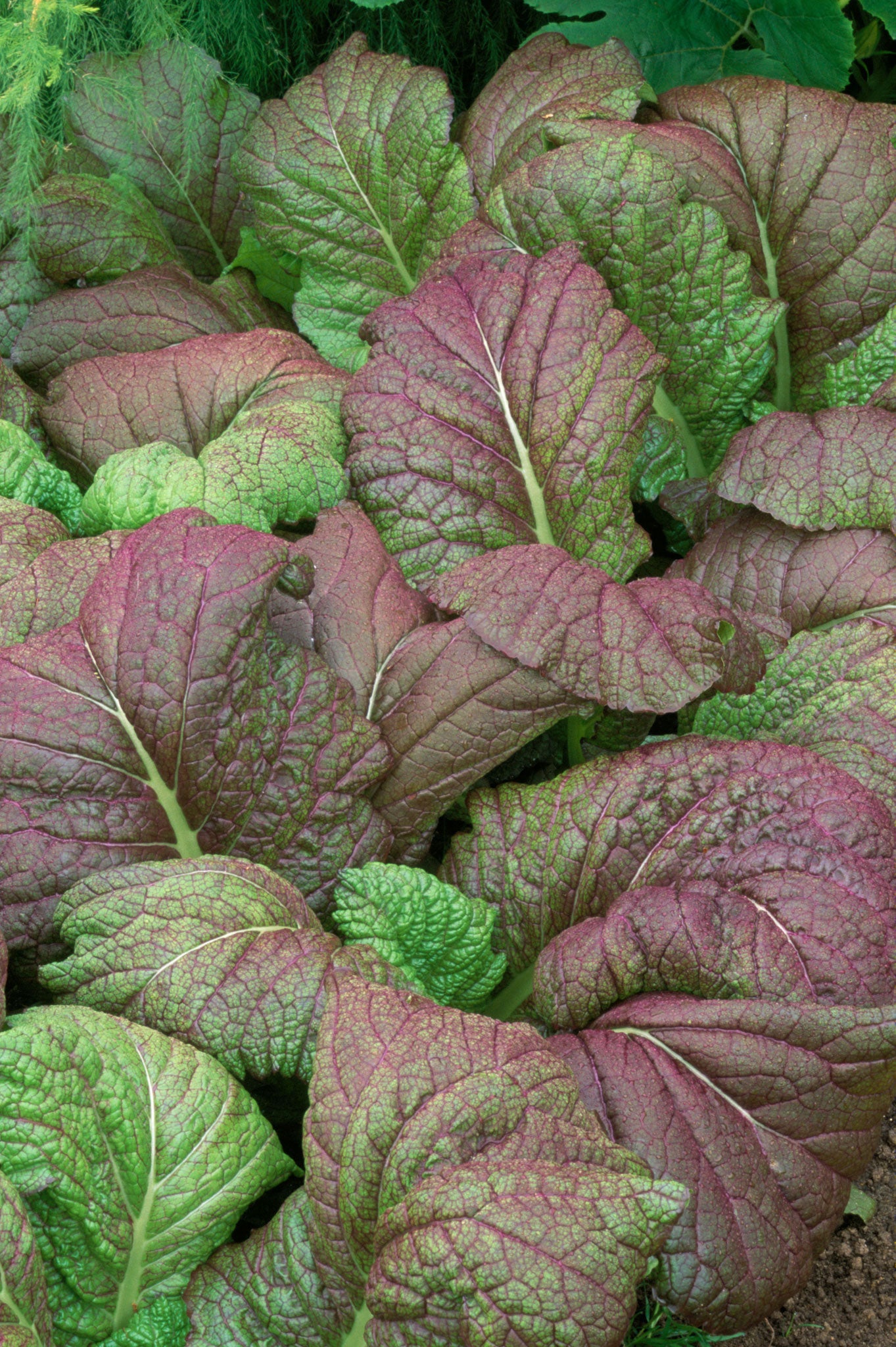Emma Townshend: 'I've come up with a speedy way to enliven a £1-a-day charity diet'
When she found out that her friend was embarking on the £1 a Day Live Below the Line challenge, Emma began researching ways to add leaves and shoots to make it all a bit more palatable

Your support helps us to tell the story
From reproductive rights to climate change to Big Tech, The Independent is on the ground when the story is developing. Whether it's investigating the financials of Elon Musk's pro-Trump PAC or producing our latest documentary, 'The A Word', which shines a light on the American women fighting for reproductive rights, we know how important it is to parse out the facts from the messaging.
At such a critical moment in US history, we need reporters on the ground. Your donation allows us to keep sending journalists to speak to both sides of the story.
The Independent is trusted by Americans across the entire political spectrum. And unlike many other quality news outlets, we choose not to lock Americans out of our reporting and analysis with paywalls. We believe quality journalism should be available to everyone, paid for by those who can afford it.
Your support makes all the difference.How much food can you grow in four weeks? That's what I've been trying to find out, because tomorrow morning, my friend Claire is going to go to work on an egg. Just an egg, and not much else, as it turns out, because she has nobly signed up for the £1 a Day Live Below the Line challenge, a fundraising venture to tackle extreme poverty. From tomorrow until Friday, she'll be feeding herself for five days on a fiver, total. Eek.
Claire is well motivated in her involvement: she's trustee of a small charity called AbleChildAfrica, focused on children with disabilities in countries where there are few resources to help them.
So, on a rush-hour Tube a few weeks ago, I began to quiz Claire about what she was going to eat. "Obviously I won't have much money," she said, "so I was thinking high-calorie food: porridge, potatoes. Someone told me that you buy a bag of potatoes, eat them breakfast, lunch and dinner. It's boring and bland, and there's never enough. But I'm thinking, will I have enough energy for work, and the children? There are more than a billion people living on this, doing manual work. I'm just worrying about surviving the Tube!"
I began to wonder about Claire's sponsored starve. Could we supplement her meagre fare by adding leaves and shoots to make it all a bit more palatable? After a Tube journey's worth of discussion, Claire went off to investigate. It turns out that Live Below the Line encourages participants to grow and swap food, as long as no money changes hands.
Having established that she's allowed home-grown stuff, we bowled into action. With only three weeks in which to produce anything edible, I did what I mostly do when I have a food-growing question, and rang Mark Diacono, author of many books for growers, including the just-published veg bible The New Kitchen Garden (Saltyard, £25).
Mark, of course, was full of suggestions: "First of all, microgreens. Salad cress, yes, fine; but also coriander and fennel seeds, bits of radish, beetroot and rocket seed. Sow it into soil in one of those plastic containers rescued from the recycling bin, a sunny windowsill, eight to 10 days, and Bob's your uncle." I began working back from the start date of Claire's fast to calculate sowing times.
"If you've got a bit longer," he elaborated, "try some of the Oriental Mustards. You're growing for flavour, to try to cheer up this boring group of carbs. There's 'Green in Snow', or 'Giant Red Mustard', and in three weeks they'll be cuttable. Or leave them another week and there'll be loads." I wondered, too, about pea shoots: "Oh yes, them as well, in just a few weeks."
Finally, there's always foraging. "If she can get hold of wild garlic," he said – and she can, because I have a patch in the back garden – "she can make a sort of pesto, cheap, without the nuts, just grinding the leaves in oil – fine on low-cost pasta. Or put it in an omelette." But at that point I decided we'd best leave it; if her fare gets too tasty, her sponsors might want their money back.
Back in my kitchen, while sowing leaves and microgreens for Claire, I also did some for myself. My son watched them grow on the windowsill, impatiently waiting for germination, keen to over-water. And while I'm not counting my chickens, he was more interested in trying these tiny leaves than he is in most other salad. In just over a fortnight, these bright, sharply fresh greens add a springy bite that's not to be underestimated – living below the line or not.
For more: ablechildafrica.org; livebelowtheline.com/uk/partner/ablechildafrica
Four more speedy greens
To grow in… 1 week
Salad cress: one of the cheapest and tastiest options – top a baked potato or add to sandwiches. Indian supermarkets sell it even cheaper as haloon seed.
…2 weeks
Radish and beetroot: germinate these seeds on damp soil, scattered into the finest top layer. Wait for early leaves to form, then cut like cress for best flavour.
…3 weeks
Coriander: you can simply germinate it from your spice rack, in a couple of inches of soil. The tiny first leaves have all the flavour of the grown crop.
…4 weeks
"Green in Snow" mustard: a spicy leaf which takes three weeks to offer tiny plants, and can be cut-and-come-again after four. £1.80, chilternseeds.co.uk
Join our commenting forum
Join thought-provoking conversations, follow other Independent readers and see their replies
Comments